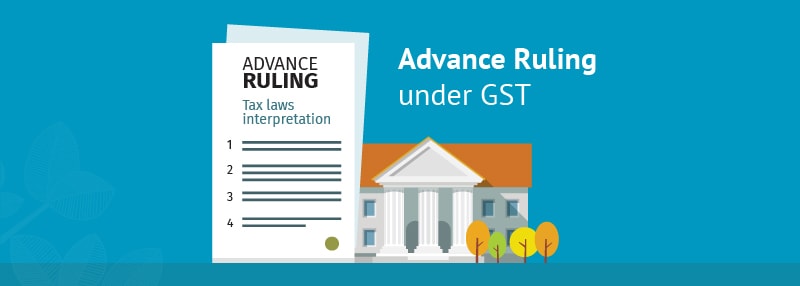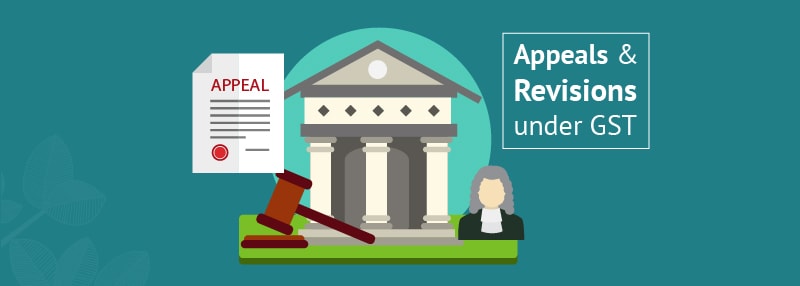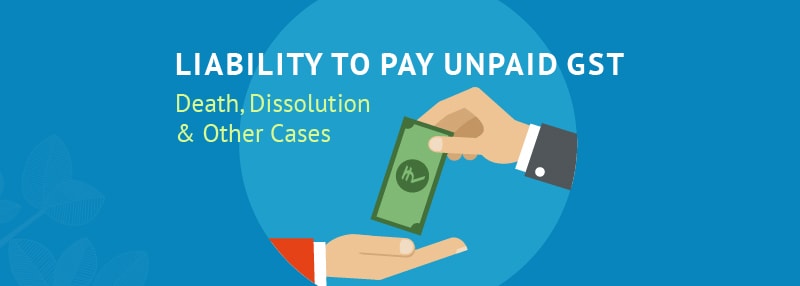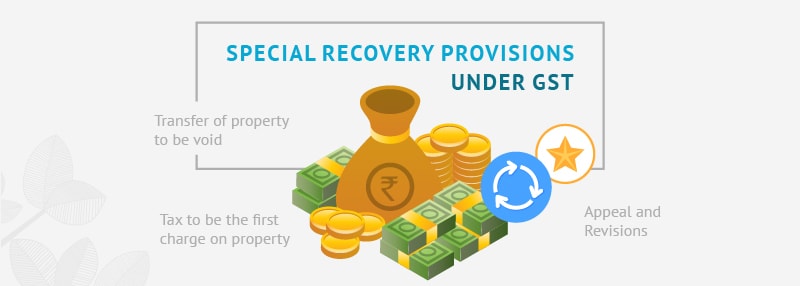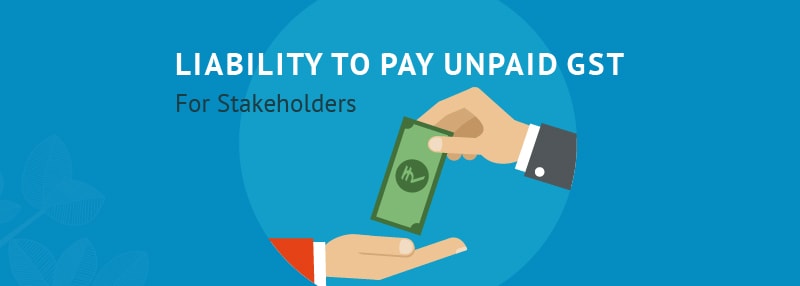In our previous blog, we went through the provisions in place for the second level of appeals under GST i.e. appeals to the Appellate Tribunal. In case a person is not satisfied by the decision or the order passed by the Appellate Tribunal, he can proceed to the last two levels of appeals under GST i.e. GST appeals to High Court & Supreme Court – which we will discuss in this blog.
GST Appeals to high court & supreme court
The following questions will give you more insight on the topic of GST appeals to High Court & Supreme Court:
Who can issue GST appeal to high court?
Any taxable person who is not satisfied with the order or decision passed by the Appellate Tribunal, can issue a GST appeal to High Court, within a period of 180 days i.e. 6 months from the date of the order. However, the High Court may entertain an appeal after the expiry of 6 months, if it is satisfied that there was sufficient cause for not filing the appeal within such period. The GST appeal form to High C0urt needs to be filled accordingly.
What appeals will be allowed in the high court?
The following provisions have been laid down to define the appeals, which may be allowed in the High Court:
- Any person aggrieved by any order passed by the State Bench or Area Benches of the Appellate Tribunal may file an appeal to the High Court. The High Court may admit such an appeal, only if it is satisfied that the case involves a substantial question of law
- Where the High Court is satisfied that a substantial question of law is involved, it shall formulate that question and the appeal shall be heard only on the basis of that question. However, the respondents will be allowed to argue that the case does not involve any such question, at the hearing of the appeal
- The High Court can decide on any issue which –
- Has not been determined by the State Bench or Area Benches
- Has been wrongly determined by the State Bench or Area Benches, due to the question of law
However, appeals against orders passed by the National Bench or Regional Benches of the Tribunal will be aligned to the Supreme Court and not High Court. Also, appeals cannot be made to the High Court where two or more states OR when the State and the Centre have different views. Such cases too, will go straight to the Supreme Court. Thus the procedure of GST appeals to High Court have been well designed to account for the same.
Decisions of the high court – Points to note
As per the GST appeal procedure to High Court, the following are the provisions laid down with regards to the decisions taken:
- The appeal will be heard by a bench of at least 2 High Court Judges, and shall be decided on the basis of majority
- Where there is no majority, then one or more High Court Judges will be brought in to hear out the case. The original Judges shall state the point of law upon which they differ, and the case shall then be heard upon that point alone. Finally, the decision will be taken on a majority basis, by both the original and new set of Judges.
Who can issue GST appeal to supreme court?
Any taxable person who is not satisfied with the order or decision passed by the High Court, National Bench or Regional Benches of the Appellate Tribunal can issue a GST appeal to Supreme Court. However, as discussed above, cases where two States or State and Centre have different views, will be automatically appealed to the Supreme Court. The GST appeal form to Supreme Court needs to be filled accordingly, as per the procedure of GST appeals to Supreme Court laid down by the GST bodies.
Pre-Appeal conditions – Sums due to be paid
As per the GST appeal procedure to Supreme Court, a taxpayer who is planning to appeal to the Supreme Court must keep an important condition in mind, i.e. all sums due to the Government under order passed by the Appellate Tribunal or by the High Court need to be paid, prior to appealing to the Supreme Court. Thus GST appeals to High Court & Supreme Court are closely regulated as far as fees payable are concerned.
Thus, we have now covered all that you needed to know with regards to the 4 levels of appeals under GST, starting from First Appellate Authority, to Appellate Tribunal to GST appeals to High Court & Supreme Court. In our next blog, we will take you through the aspect of Advance Ruling – provisions for which have been laid down in the GST Act to make life simpler for the taxpayer involved in demand, recovery and appeals.

